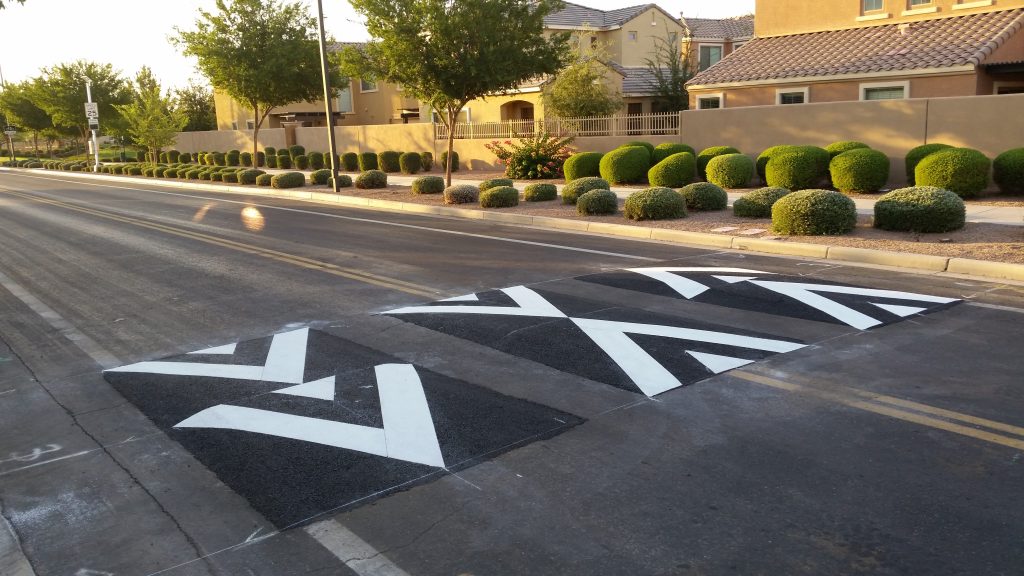Navigating asphalt striping regulations can be a complex task, as requirements vary between federal, state, and local jurisdictions. Understanding these regulations is crucial for ensuring compliance and maximizing safety and efficiency in parking areas. At the federal level, guidelines often focus on accessibility and safety standards established by the Americans with Disabilities Act ADA. This includes designated accessible parking spaces with proper striping dimensions, signage, and accessibility routes. Compliance with these regulations is mandatory for all public parking facilities and commercial properties, aiming to provide equal access to individuals with disabilities. State regulations frequently supplement federal standards with additional requirements tailored to local needs and conditions. These may include specific dimensions for parking spaces, aisle widths, and color schemes for striping. For instance, some states mandate the use of contrasting colors to enhance visibility, especially in areas prone to adverse weather conditions or heavy traffic.

Local municipalities further refine these standards to address community-specific concerns such as traffic flow, zoning ordinances, and environmental considerations. They may impose stricter guidelines on the number of accessible spaces required based on facility size and usage. Additionally, local authorities often dictate the maintenance frequency of striping to ensure visibility and safety remain optimal over time. Key considerations in asphalt striping include not only adherence to regulatory standards but also practical aspects such as layout design and use of symbols or markings for designated spaces e.g., electric vehicle charging stations. Effective striping is essential for guiding drivers efficiently and safely through parking facilities, reducing the risk of accidents and improving overall traffic flow. Regular maintenance of striping is critical to compliance and safety. Faded or poorly maintained markings can lead to confusion among drivers, potentially resulting in accidents or non-compliance penalties. Property owners and managers are typically responsible for ensuring that striping remains clearly visible and meets all regulatory requirements at all times.
In recent years, technological advancements have also influenced asphalt striping practices. Innovations such as reflective paints or materials have enhanced visibility during nighttime hours or adverse weather conditions, further improving safety for drivers and pedestrians alike. Educating stakeholders, including property owners, managers, and maintenance personnel, is essential for effective compliance with asphalt striping regulations. Training programs and resources are available to help stakeholders understand their responsibilities and stay updated on evolving regulatory requirements. Ultimately, navigating asphalt striping regulations requires a proactive approach that considers federal, state, and local guidelines, as well as technological advancements and best practices in safety and accessibility. By staying informed and ensuring regular maintenance, property owners can create parking facilities that are safe, efficient, and compliant with all relevant regulations. This approach not only enhances the overall user experience but also minimizes legal risks associated with non-compliance. Additionally, facilities might implement designated drop-off zones with appropriate striping to facilitate quick and safe patient drop-offs and pickups, minimizing congestion near entrances.
